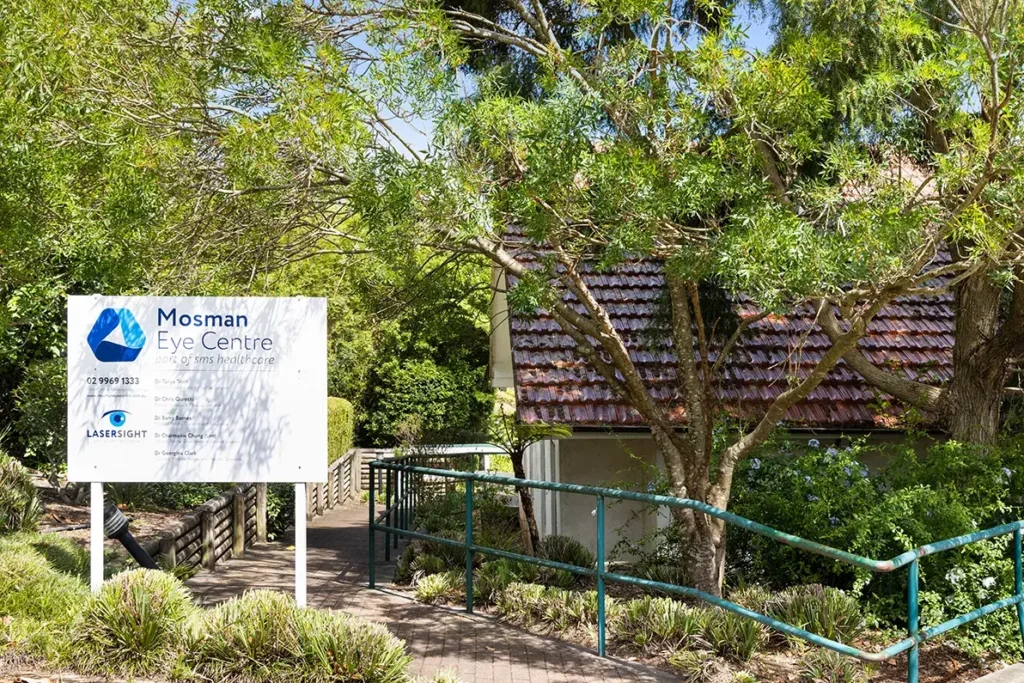The orbit (eye socket) is shaped like an ice cream cone, with the eyeball at the front and the orbit walls being made of bone. The orbit has a small volume of about 30ml, 7ml of which comprise the eyeball. Other important structures within the orbit include the muscles controlling eye movement, the optic nerve, fat to cushion the eye and large arteries and veins.
There are several conditions that can affect the eye socket, see below.
What is Eye Socket - Thyroid Eye Disease?
The thyroid gland located in the neck, produces thyroid hormones that helps regulate our metabolism. It may occasionally produce too much (hyperthyroidism) or too little (hypothyroidism). An imbalance in either direction can cause an inflammatory reaction in the orbit (eye socket) that may result in eye, eyelid and vision problems.
The inflammation varies from very mild to severe and is potentially blinding. The disease undergoes an active phase during which there is active inflammation and scar tissue being produced within the orbit. This process can persist for 6 months up to 3 years. Once the active phase has “burnt out” the situation for the patient may return to normal, however some patients are left with scar tissue that is not going to resolve leaving them with significant and ongoing symptoms as well as a change in their appearance. These patients may then elect to have surgery to improve their appearance and lessen the symptoms they are experiencing.
We know that there is an association between the thyroid and the inflammatory response that occurs in the orbit (eye socket), however the exact link is not known and therefore we have no specific test to determine the time course of this active phase. This is a clinical diagnosis and may require multiple consultations with a specialist over time to assess when your disease process has reached the inactive or burnt-out phase.
Unless there is progressive loss of vision despite medical treatment, surgical treatment is confined to the inactive phase of the disease.
What are the symptoms?
A staring appearance and dry eyes are often the first symptoms. Early signs also include swelling of the eyelids and tissues around the eye. Swelling of the normal fatty tissue surrounding the eye and eye muscles can push the eye forward and the appearance of a prominent eye can further be exacerbated if the eyelids are retracted (pulled back) by the scarring process of the disease. The degree of this protrusion may vary and may involve one or both eyes.
Swelling of the muscles that move the eye may produce double vision. In severe cases, the clear covering of the eye, the cornea, may ulcerate, or the optic nerve may be compressed resulting in loss of vision. With ongoing monitoring and treatment, it is rare for a patient with this condition to permanently lose vision treatment.
Treatments:
- Orbital Decompression
- Blepharoplasty
- Eyelid repositioning





